University Psychology Report: Cyberbullying Research and Findings
VerifiedAdded on 2022/11/13
|5
|766
|319
Report
AI Summary
This report delves into the pervasive issue of cyberbullying, examining its detrimental effects on individuals, particularly within the context of social media and the workplace. The research focuses on various hypotheses related to the reduction of cyberbullying, including the influence of work, social climate, and managerial and colleague support. The study, conducted in South Sweden, surveyed a large sample of individuals, analyzing the relationship between these factors and cyberbullying victimization. The findings indicate that a poor social climate contributes to cyberbullying across different groups. The report highlights that cyberbullying is more prevalent among women than men and stresses the importance of awareness regarding the sharing of personal information online. The report concludes by emphasizing the need for further research to fully understand the sources of cyberbullying and develop effective prevention strategies. The analysis underscores the significant psychological impact of cyberbullying, including increased risk of mental illness and suicidal ideation, emphasizing the urgent need for intervention and support.
1 out of 5
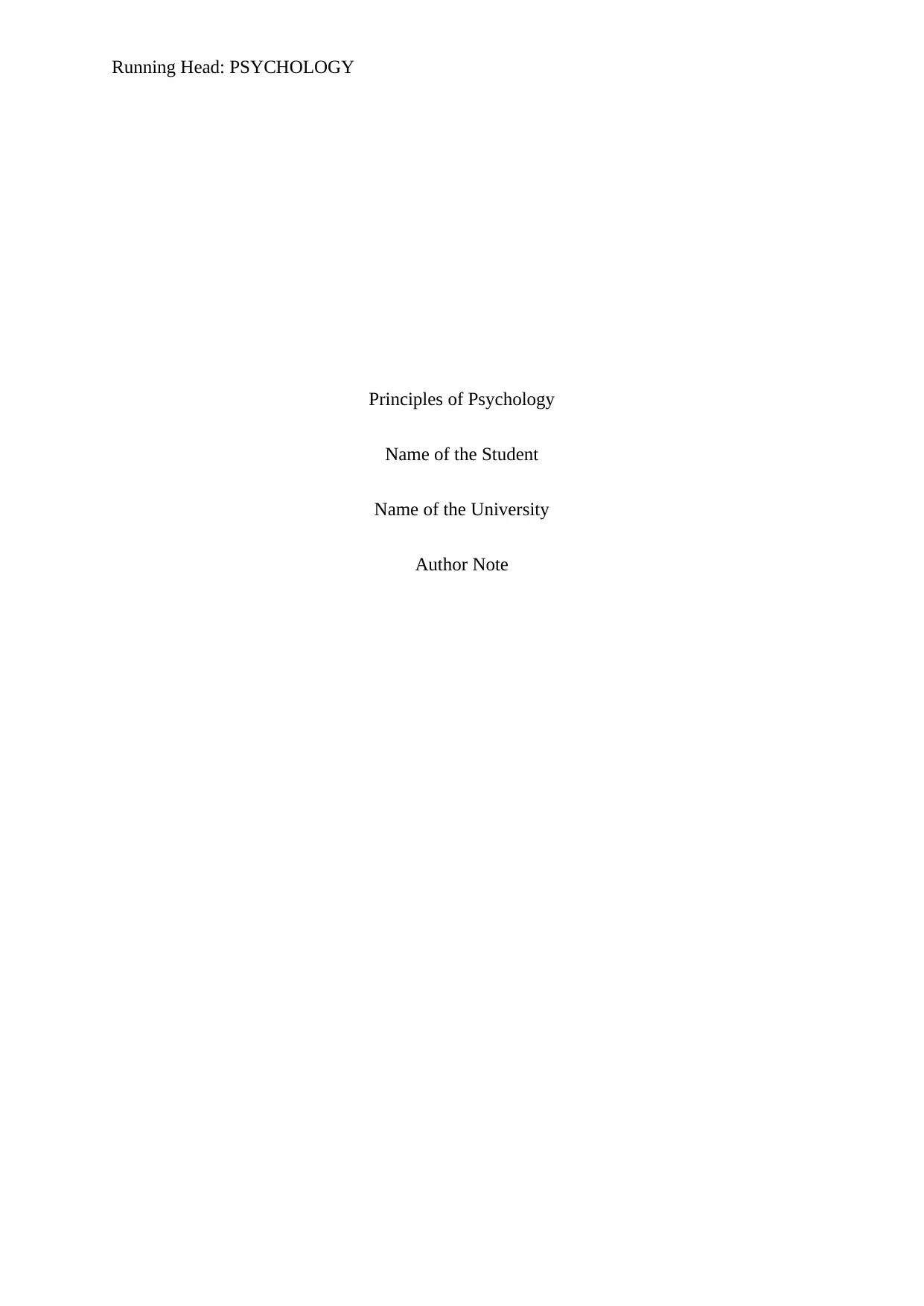
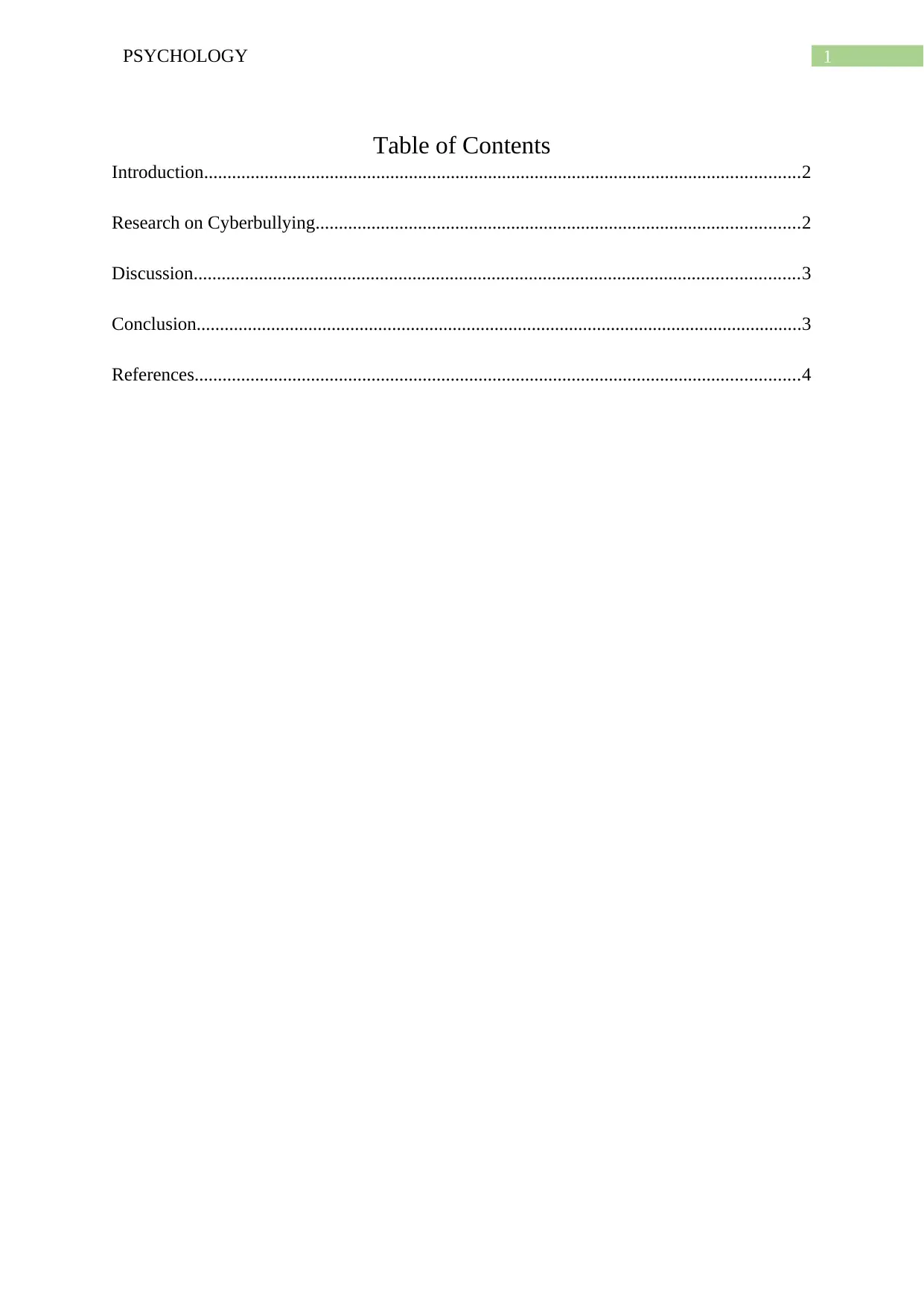
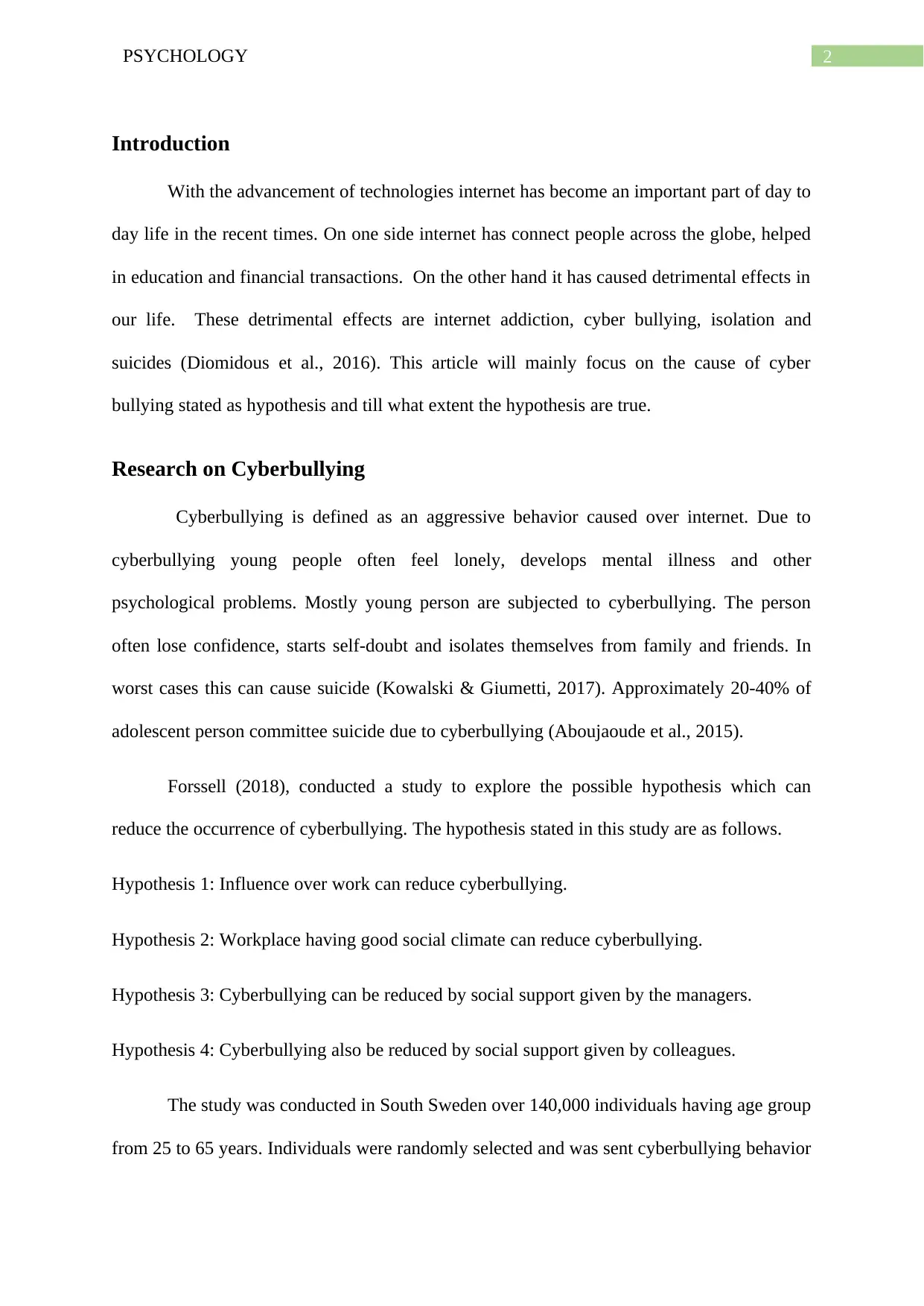

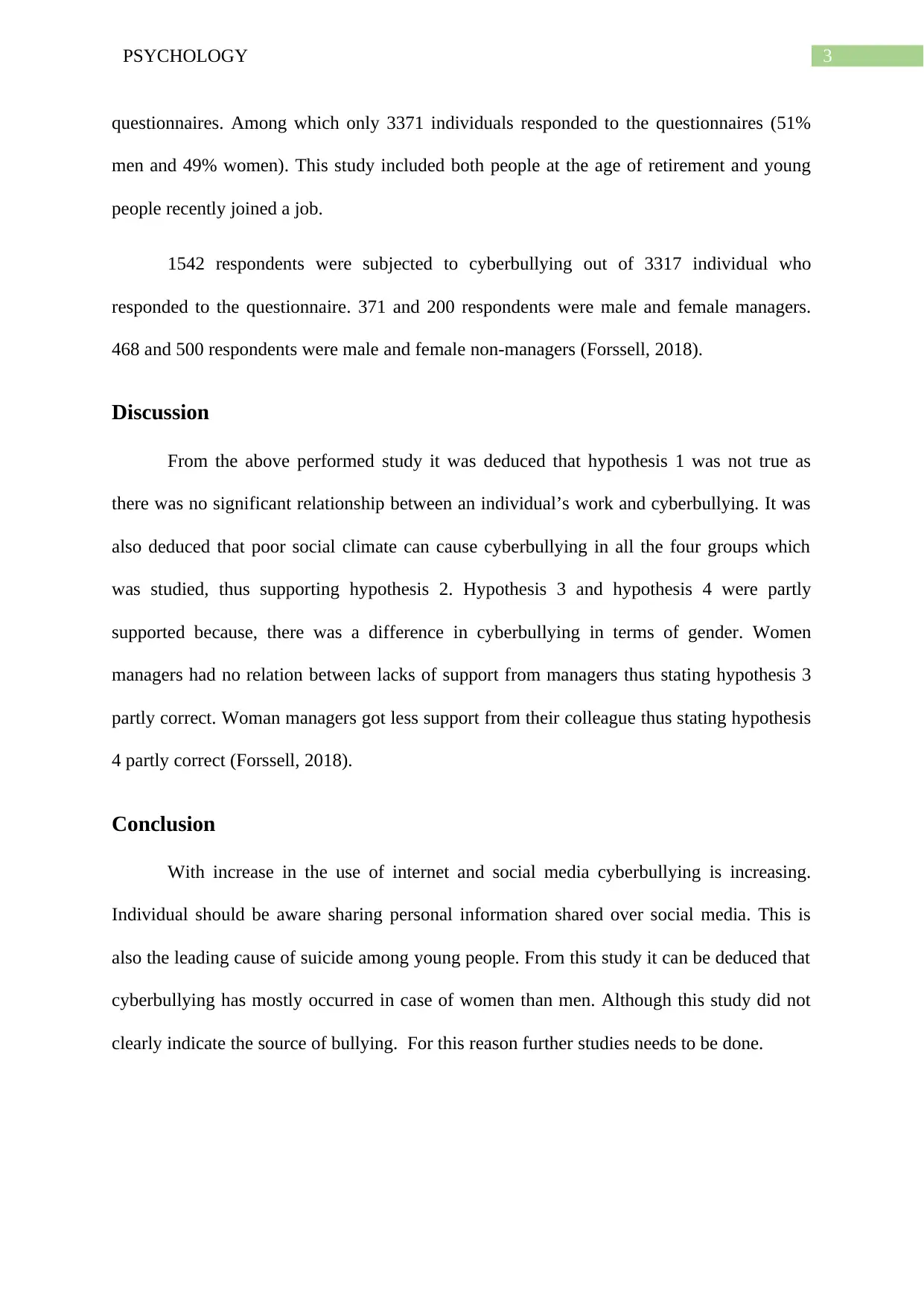
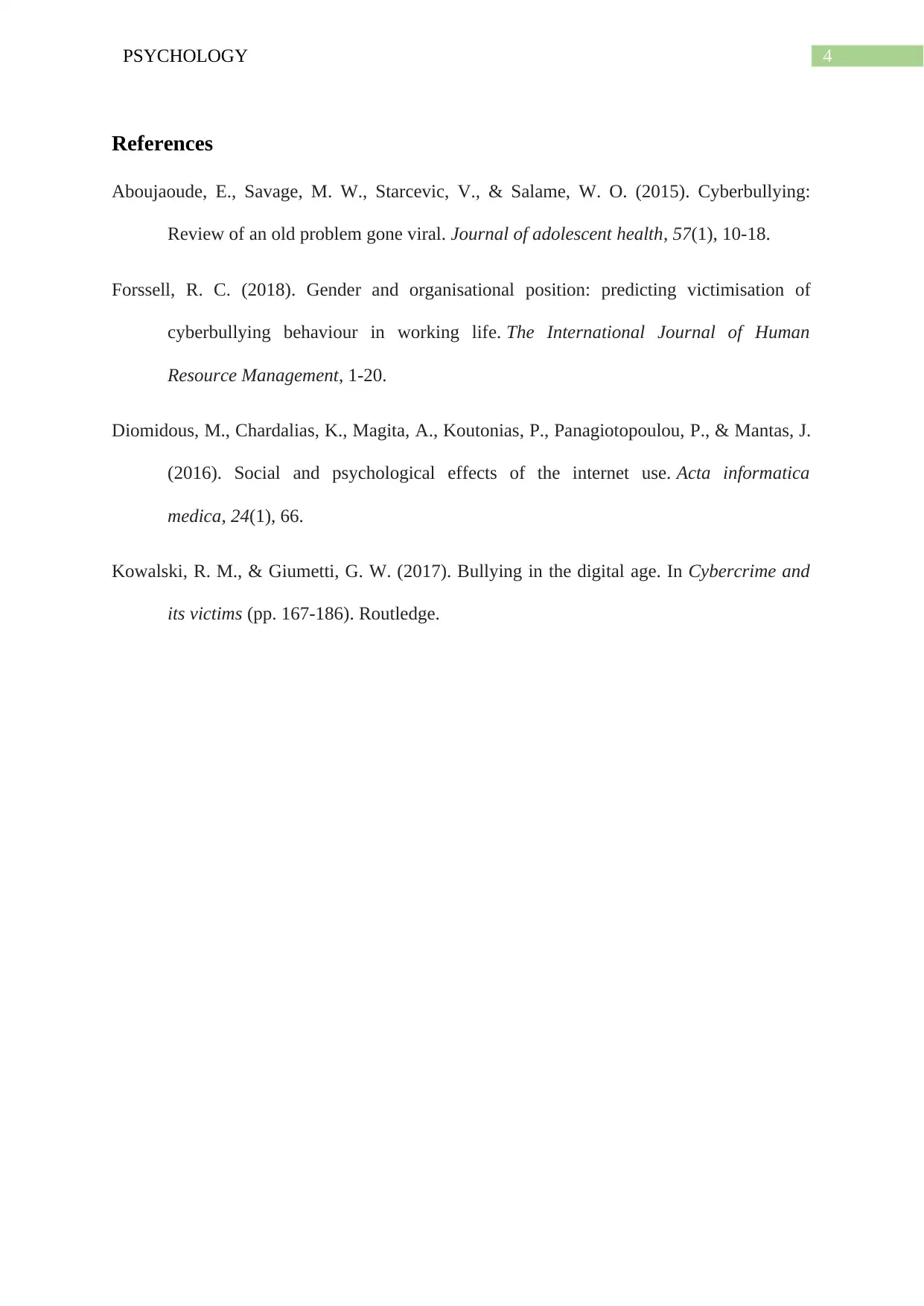





![[object Object]](/_next/static/media/star-bottom.7253800d.svg)